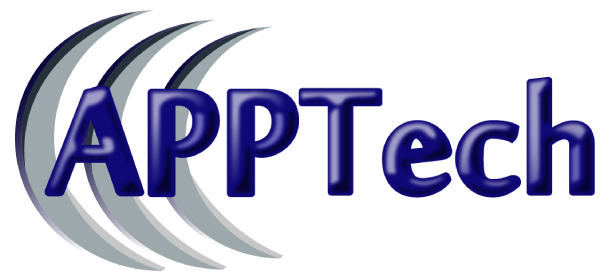Landing Page Design
A well-designed landing page can greatly increase conversions for your PPC or email marketing campaigns. Rather than directing visitors from those sources to your general website (where they may have a hard time finding what they’re looking for), you can direct them to a specially-designed landing page that steers them in exactly the direction you want them to take.
A landing page is a page on your website where you can offer a resource from your business in exchange for a visitor's contact information. Marketers can capture this contact information using a lead-capture form, where visitors can enter details like their name, email address, and job title.
A good landing page is focused on a particular stream of traffic -- say, from an email campaign that's promoting an ebook. Because the landing page is targeting just people who are (presumably) interested in this ebook, and because this ebook has exclusive information that elaborates on a topic your audience cares about, you can convert a higher percentage of your website visitors into leads whom you can then follow up with.
(6).png)
How to Create a Landing Page
To create a landing page, you'll want to start by exploring various landing page builders — unless, of course, you're using a content management system that already provides landing page templates, like HubSpot.
Once you've determined the right tool for you, explore pre-built templates or consider whether it's better to build your own. You might also use this as an opportunity to A/B test two different designs to explore which design elements result in the highest conversions.
Additionally, it's critical any landing page you design effectively communicates the value you're providing visitors in exchange for contact information. And, of course, you'll want to include a form you're asking visitors to fill out in exchange for whatever offer you've provided on your landing page.
What is a landing page used for?
Landing pages can be used to capture information on website visitors in exchange for branded content or experiences. These include ebooks, email newsletters, online courses, industry events, free product trials, community memberships, and company mobile app landing page design.
Landing pages have one chief purpose: to generate leads for your business. However, you can define those leads in a number of ways and offer more than one type of content or experience through this landing page.
- Ebooks and Whitepapers
- Email Newsletter Subscription
- Online Course Enrollment
- Event Registration
.jpg)
(7).png)
Landing Page Benefits
1. Landing pages can lead to increased conversions.
2. Landing pages can provide additional insights into your target audience.
3. Landing pages can grow your email subscriber list.
4. Landing pages are testable.
5. Landing pages allow you to measure metrics directly tied to business goals.
6. Landing pages add context to your offer.
7. Landing pages increase brand value and help make a good first impression.
What is the Goal of Your Landing Page?
Landing pages, like any other part of your online marketing arsenal, need goals. Without concrete, specific goals, there’s no way to create an effective page. Your goal should be clear before you begin designing your page.
You also need specific expectations for your landing page, on which to gauge its success. These expectations can be based on previous experience, anecdotal evidence, or simply wishful thinking. But it’s helpful to have a specific number to compare your actual results with. This could be the total number of conversions, or the number of people who make it past your landing page, or some other number, based on your own goals.

(8).png)
What makes a landing page most effective?
1. Limit Navigation
2. Enable Sharing
3. Deliver Value
4. Keep it Short
// Drop us a line! We are here to answer your questions 24/7
